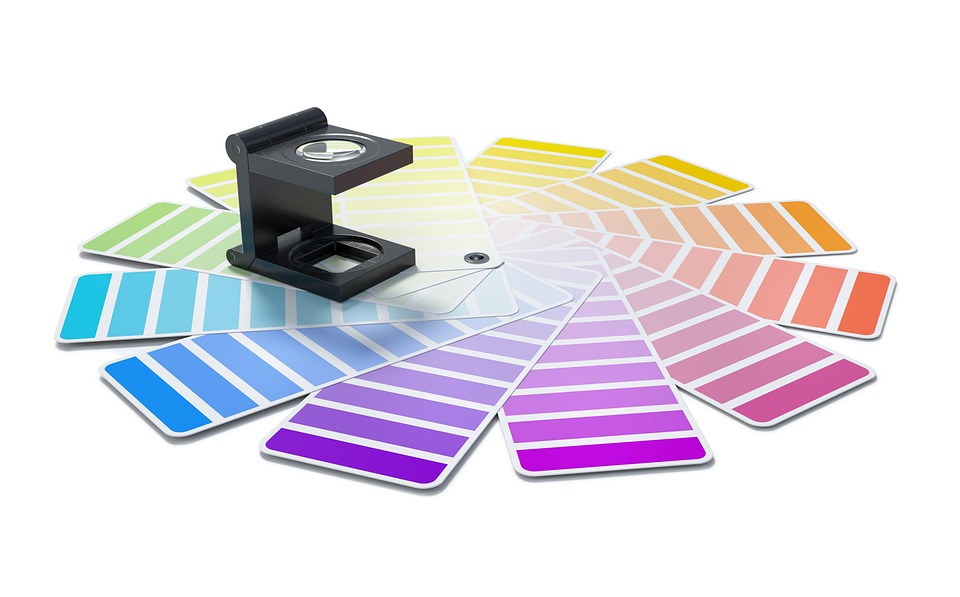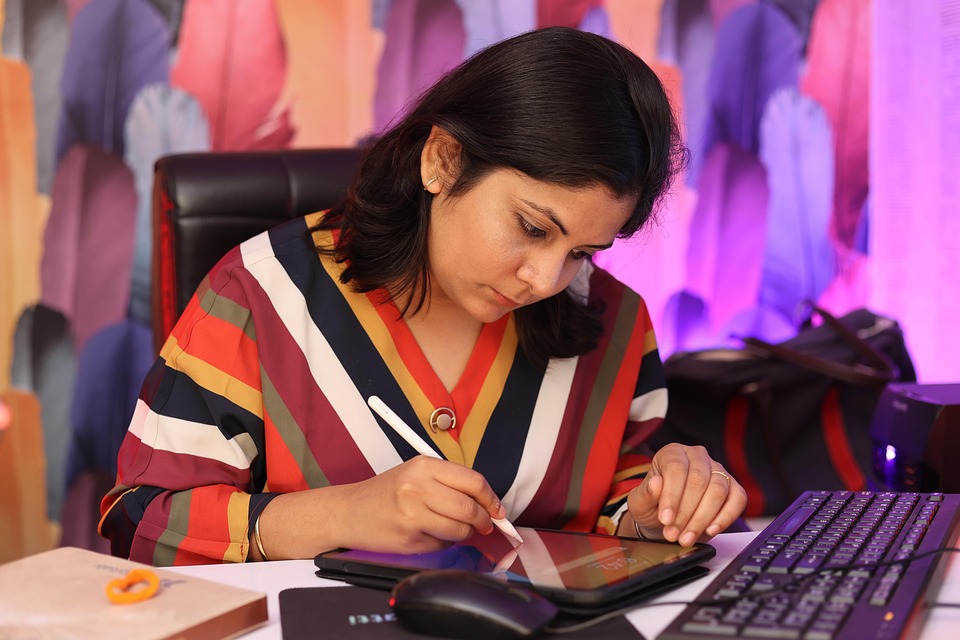The Interactive Designer: A Role in Demand
In the ever-evolving landscape of technology and design, the role of the interactive designer has surged to prominence. With the UK witnessing a notable shortage of skilled professionals in this domain, the prospects for aspiring designers are not just promising; they’re brimming with potential. But what exactly does it take to thrive in this vibrant field, and what responsibilities do these creative individuals shoulder?
Core Skills: The Bedrock of Success
-
User-Centred Design
At the heart of interactive design lies an unwavering commitment to user experience. A designer must possess the ability to empathise with users, understanding their needs, preferences, and frustrations. This skill transcends mere aesthetics; it demands an analytical mindset. As noted by the Interaction Design Foundation, “Design is not just what it looks like and feels like. Design is how it works.” -
Proficiency in Tools and Technologies
Familiarity with design software such as Adobe Creative Suite, Sketch, and Figma is essential. Yet, the landscape is far from static. The perpetual evolution of tools means that continuous learning is vital. Designers must stay abreast of the latest technologies, from prototyping tools to coding languages, ensuring their skill set remains sharp and relevant. -
Collaboration and Communication
Interactive designers often find themselves at the intersection of various disciplines. They must work closely with developers, marketers, and stakeholders. Effective communication is key. A designer must articulate their vision clearly, translating abstract ideas into tangible solutions. As a recent report from the Design Council highlights, “The ability to communicate effectively is as important as technical skills.”
Responsibilities: Beyond Aesthetic Appeal
-
Creating Intuitive Interfaces
The primary responsibility of an interactive designer is to craft interfaces that are not only visually appealing but also intuitive. This means conducting user testing, iterating designs based on feedback, and ensuring that every element serves a purpose. The goal is to create seamless interactions that enhance the user journey. -
Staying Ahead of Trends
The digital world is in constant flux. Designers must be vigilant, monitoring industry trends and emerging technologies. This foresight allows them to innovate, ensuring that their designs remain fresh and relevant. The ability to adapt quickly is a hallmark of successful designers. -
Understanding Accessibility
An often-overlooked aspect of design is accessibility. Interactive designers must ensure that their creations are usable by all, including individuals with disabilities. Implementing inclusive design principles not only broadens the user base but also aligns with ethical standards in design.
The Future Awaits
With the demand for interactive designers on the rise, now is the perfect time to embark on a career in this dynamic field. The combination of technical proficiency, creative flair, and a user-focused approach is what sets successful designers apart. As companies increasingly recognise the value of exceptional design in driving engagement and loyalty, the prospects for interactive designers in the UK look exceptionally bright.
Navigating the complexities of the job market can be daunting, especially for those seeking roles that require sponsorship. At Visajob.co.uk, we are committed to helping you secure your place in the UK workforce, offering guidance and support every step of the way. Whether you’re a seasoned designer or just starting out, we’re here to ensure you thrive in your career journey.




